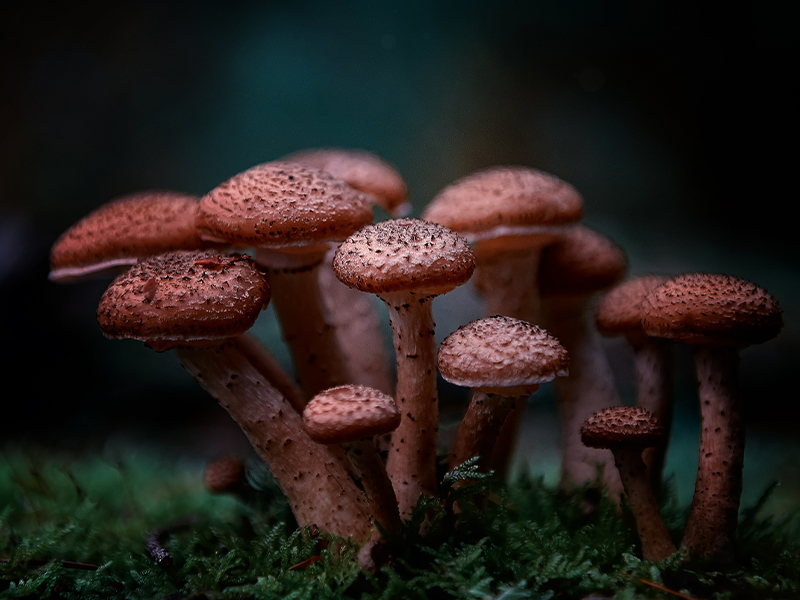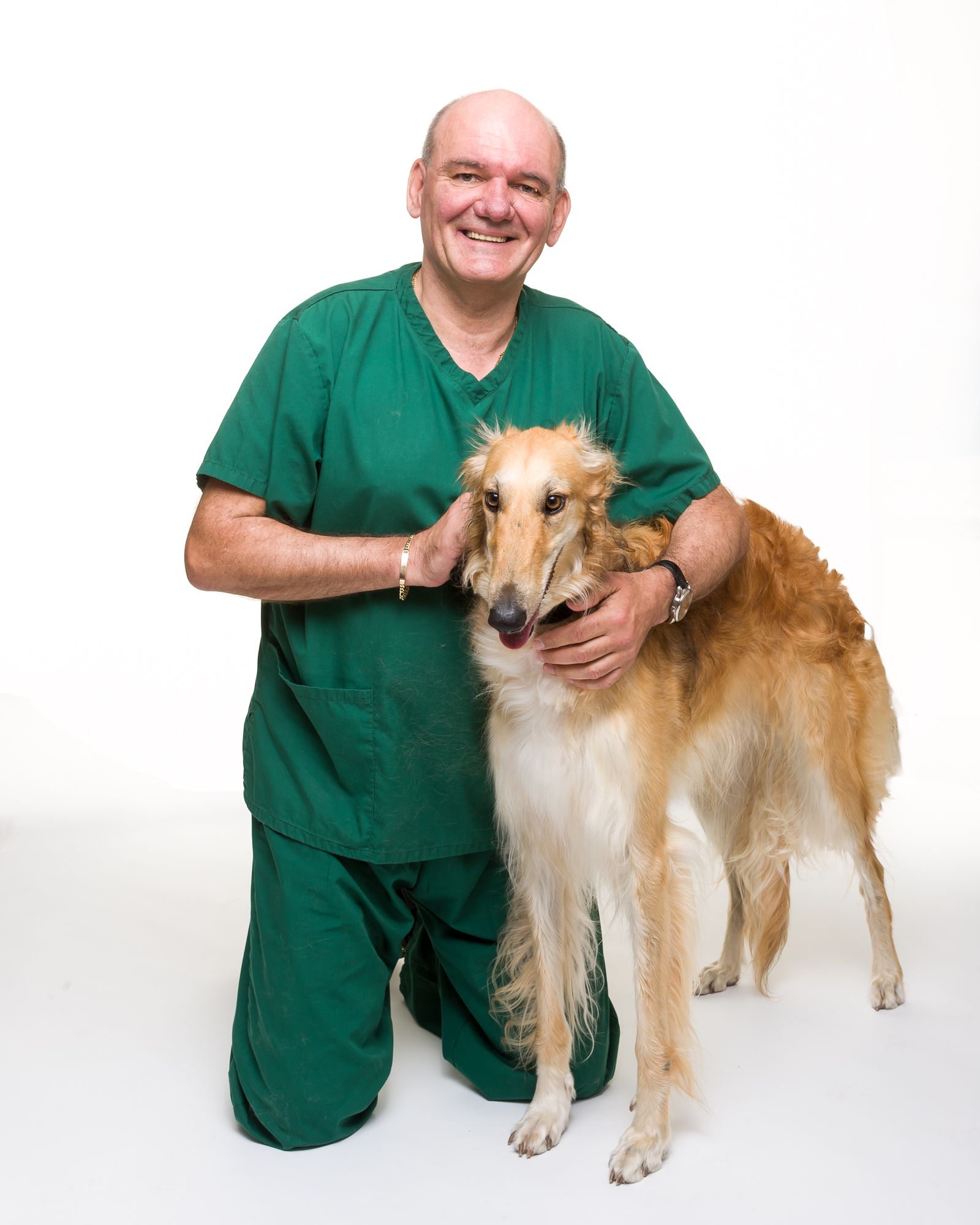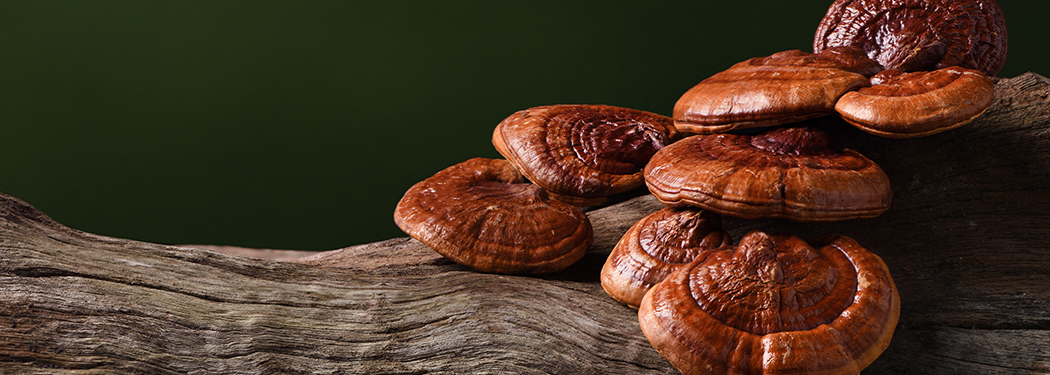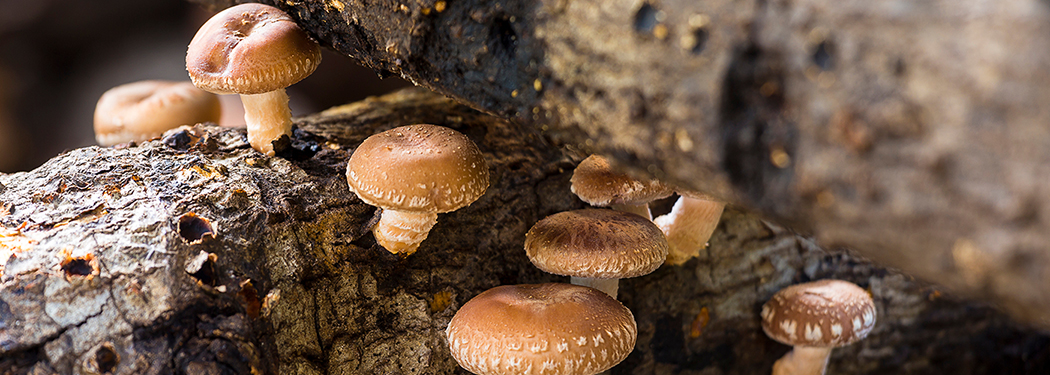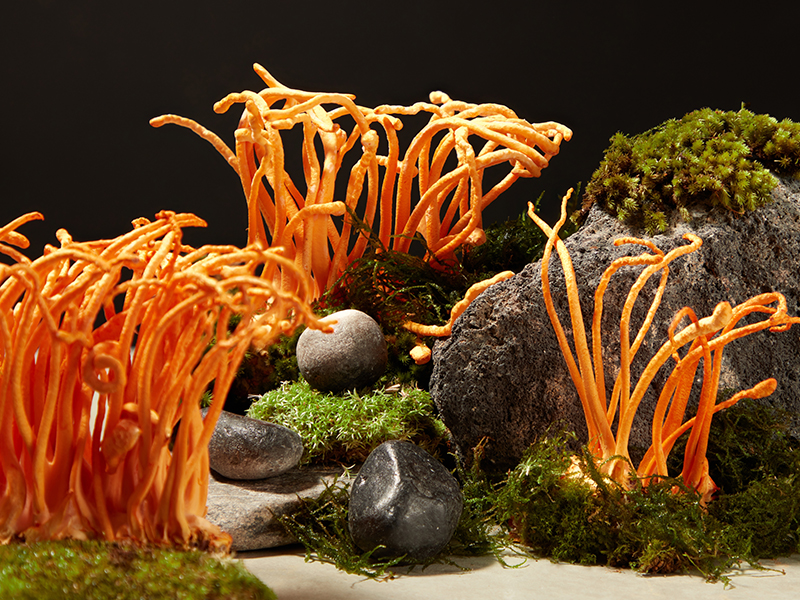
Cordyceps Sinensis

The most bizarre developing medicinal mushroom. Its free-growing specimens penetrate the hyphae, the fungal filaments, of some insect species and during their development, they awaken the host. When the cultivation technology was developed, it was discovered that it had to be grown in an oxygen-deprived environment, because if it did not struggle and suffer during its development, it would not produce valuable active substances. Evidence exists that Cordyceps species have existed for as much as 48 million years. The most expensive specimens, sold for high prices above the gold rate, are free-collected specimens. For a long time, it was the second big shot mushroom, but it has now become perhaps the first, overtaking Reishi as the best-selling medicinal mushroom in the world, both on its own and in blends. A real doping agent that is not even on the doping list. In oxidative and vigorous sports, everyone takes it, even if they don’t talk about it. It is an excellent aphrodisiac, or libido enhancer, which according to an anecdote was observed by shepherds in the Himalayas by observing what the yaks were eating when they found out they were jumping on each other all day long. They ate the same thing, and the effect was the same…. allegedly. So it’s a fascinating plant in all its flavours, with so many legends surrounding it. Its main active ingredients are polysaccharides and sugar derivatives (e.g. proteins, peptides, polyamines and essential amino acids; sterols (ergosterol, sitosterol, daucosterol and campesterol), saturated and unsaturated fatty acids (palmitic acid, stearic acid, linoleic acid, oleic acid), polycyclic aromatic carbon hydrogens, essential vitamins (K and E, B1, B2 and B12) and macro- and microelements.

In veterinary medicine, more common uses are on their own:
- Energy – if you need a little extra energy Cordyceps provides it at the mitochondrial level.
- Pneumonia and other respiratory diseases.
- Cancer – even with chemotherapy, to avoid side effects.
- Weakened conditions, e.g.: strengthening a weakened body after breastfeeding or reducing weakness in old age.
- Strengthening nervous system stabilisation
- Endurance – workload endurance for working dogs
- Kidney diseases and prostate problems
However, its synergistic effect in mixtures may make it even more widely used than on its own.



